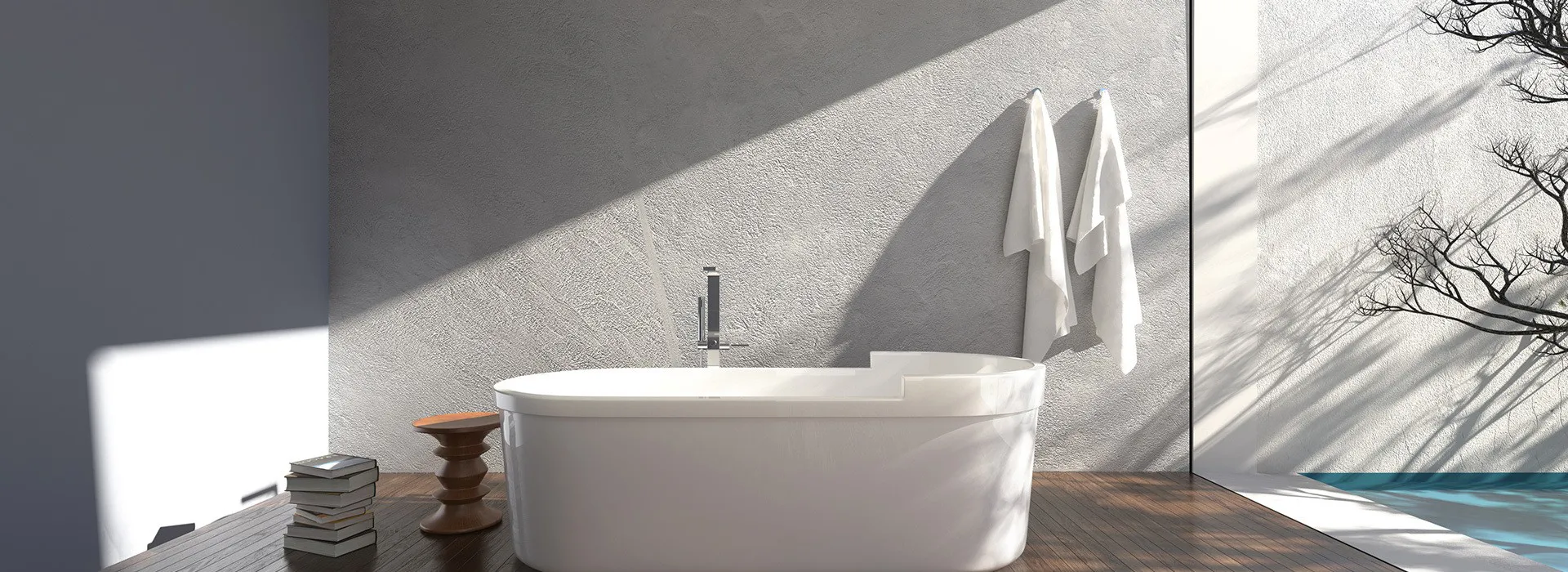
Knowledge
Understanding PVC Pressure Piping Systems: A Comprehensive Guide
Release time : March 16 2025
PVC (Polyvinyl Chloride) pressure piping systems have gained widespread acceptance in various construction applications due to their remarkable properties and advantages. These systems are predominantly used for fluid transportation, making them ideal for water supply, irrigation, and drainage applications. Understanding the characteristics and benefits of PVC pressure piping is crucial for professionals in the building and construction industry.
One of the most significant advantages of PVC pressure piping systems is their excellent resistance to corrosion and chemical degradation. Unlike metal pipes, which can rust and corrode over time when exposed to moisture and various chemicals, PVC pipes maintain their integrity even in harsh environments. This durability ensures a longer lifespan for the piping system, reducing the need for frequent replacements and maintenance.
Another important feature of PVC pressure piping systems is their lightweight nature. PVC pipes are much lighter than traditional materials like metal or concrete, making them easier to handle and install. This lightweight quality not only speeds up the installation process but also reduces transportation costs and labor efforts, ultimately contributing to project efficiency.
In addition to their physical properties, PVC pressure pipes are designed to handle high internal pressures without compromising their structural integrity. This capability makes them suitable for a wide range of applications, including those that require high-pressure water delivery. The reliable performance of these systems under pressure is a critical factor for many construction projects.
PVC pressure piping systems are also known for their smooth interior surfaces, which reduce friction and allow for efficient fluid flow. The smoothness minimizes the likelihood of clogs and blockages, ensuring that the system operates effectively over time. Furthermore, the low friction properties contribute to energy savings, as pumps and other equipment don’t have to work as hard to move fluids through the piping.
Sustainability is another key consideration in today’s construction practices, and PVC is a recyclable material. The ability to recycle PVC pipes aligns with modern environmental standards and reduces the overall ecological footprint of construction projects. This aspect is increasingly important as the industry moves toward more sustainable building practices.
In conclusion, PVC pressure piping systems offer a range of benefits that make them a popular choice in the construction and building materials industry. Their resistance to corrosion, lightweight design, ability to withstand high pressure, and smooth flow characteristics all contribute to their effectiveness and efficiency. As sustainability continues to be a priority in construction, PVC piping systems serve as a viable option that meets both performance and environmental standards. Understanding these properties allows construction professionals to make informed decisions about the best materials for their projects.
One of the most significant advantages of PVC pressure piping systems is their excellent resistance to corrosion and chemical degradation. Unlike metal pipes, which can rust and corrode over time when exposed to moisture and various chemicals, PVC pipes maintain their integrity even in harsh environments. This durability ensures a longer lifespan for the piping system, reducing the need for frequent replacements and maintenance.
Another important feature of PVC pressure piping systems is their lightweight nature. PVC pipes are much lighter than traditional materials like metal or concrete, making them easier to handle and install. This lightweight quality not only speeds up the installation process but also reduces transportation costs and labor efforts, ultimately contributing to project efficiency.
In addition to their physical properties, PVC pressure pipes are designed to handle high internal pressures without compromising their structural integrity. This capability makes them suitable for a wide range of applications, including those that require high-pressure water delivery. The reliable performance of these systems under pressure is a critical factor for many construction projects.
PVC pressure piping systems are also known for their smooth interior surfaces, which reduce friction and allow for efficient fluid flow. The smoothness minimizes the likelihood of clogs and blockages, ensuring that the system operates effectively over time. Furthermore, the low friction properties contribute to energy savings, as pumps and other equipment don’t have to work as hard to move fluids through the piping.
Sustainability is another key consideration in today’s construction practices, and PVC is a recyclable material. The ability to recycle PVC pipes aligns with modern environmental standards and reduces the overall ecological footprint of construction projects. This aspect is increasingly important as the industry moves toward more sustainable building practices.
In conclusion, PVC pressure piping systems offer a range of benefits that make them a popular choice in the construction and building materials industry. Their resistance to corrosion, lightweight design, ability to withstand high pressure, and smooth flow characteristics all contribute to their effectiveness and efficiency. As sustainability continues to be a priority in construction, PVC piping systems serve as a viable option that meets both performance and environmental standards. Understanding these properties allows construction professionals to make informed decisions about the best materials for their projects.
Tags:
Recommended News
March 03 2025
March 03 2025
November 11 2021
November 11 2021
November 11 2021
November 11 2021
November 11 2021
January 01 2022
July 07 2022
March 03 2025
X

